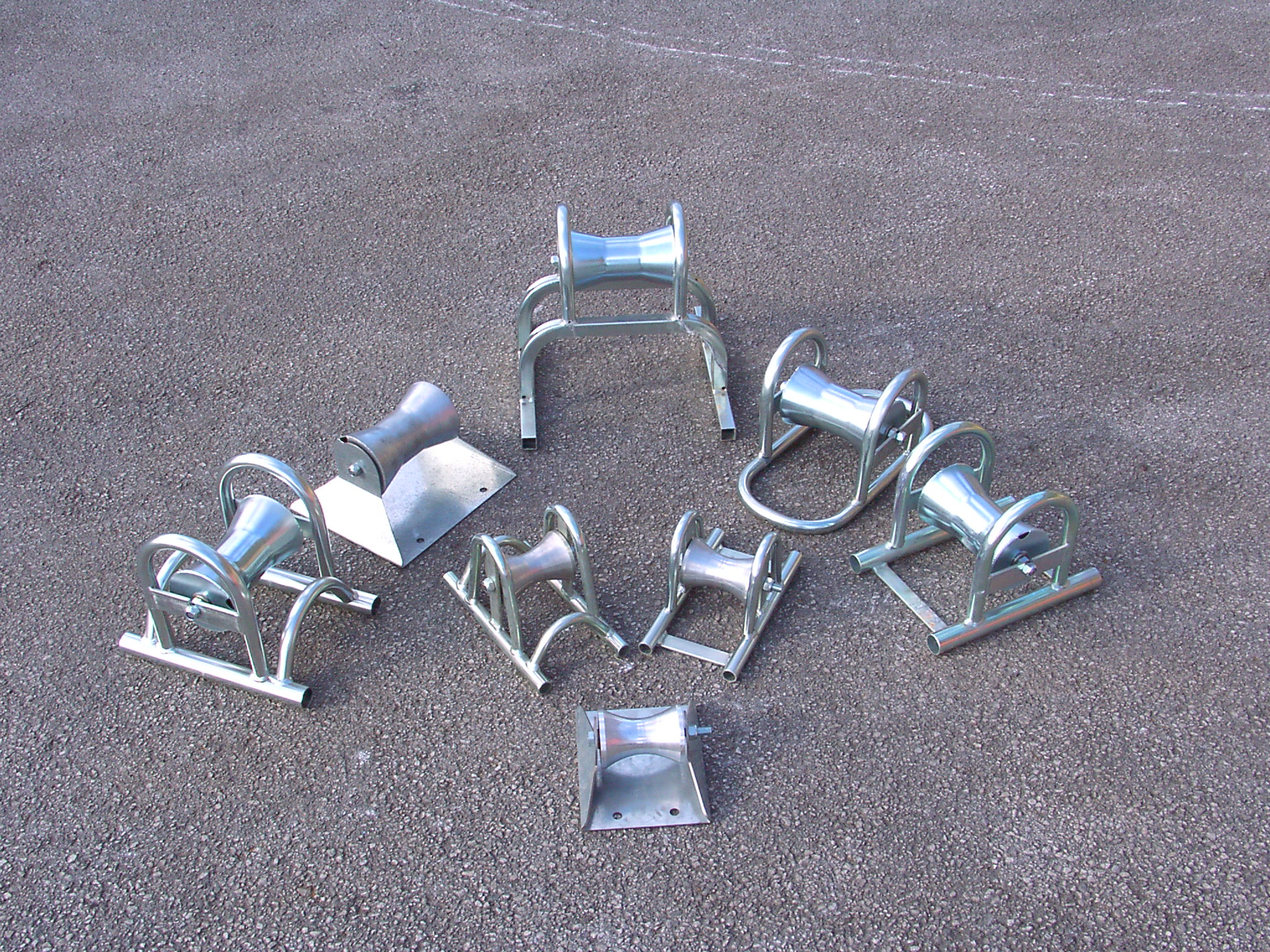The capillary network simulates the veins of the veins and the human capillaries. The capillary network consists of a capillary tube with an outer diameter of 3.5-5.0 mm (about 0.9 mm wall thickness) and a supply and return main pipe with an outer diameter of 20 mm (wall thickness 2 mm or 2.3 mm). The thermal insulation layer, the heat dissipation layer and the capillary network are combined and combined into a capillary network heat exchanger, which greatly improves the heat dissipation capability of the single structure of the capillary network and the use thereof, and protects the capillary tube wall from damage. The capillary radiant air conditioning system generally adopts a small circulation large system method and uses a special solution as a medium to avoid system blockage and facilitate control.
In order to achieve higher comfort requirements and avoid condensation, the room should also be equipped with humidity control and fresh air system. Capillary mesh production and application technology has been highly monopolized by German companies. Beijing Pulafu Environmental Technology Co., Ltd. has broken the monopoly of foreign companies, developed and produced domestic capillary network heat exchangers, and applied for a number of invention patents and utility model patents. And has entered the mass production stage.
In May 2007, the product was inspected by the Air Conditioning Institute of the China Academy of Building Research (National Air Conditioning Equipment Grain Supervision and Inspection Center). Take the test example of a node, the results are as follows:
1. In the case where the experimental pressure is 1.5Mpa, there is no leakage;
2. When the water supply temperature is 45 ° C, the return water temperature is 40 ° C, the reference temperature is 20 ° C, △ T = 22.5 ° C, the heat dissipation per unit area of ​​the sample is Qdr = 240.88 W / m 2;
3. The water supply temperature is 15 °C, the return water temperature is 20 °C, the reference temperature is 26 °C, △T8.5 °C, and the refrigeration unit per unit area is Qdl=122.84 W/m2.
Features
1. In the cable laying process, it can support the cable and change the sliding friction into rolling friction between cable and support, which means it can reduce pulling force.
2. Straight pulling roller is used in the straight line segment of cable laying. Generally put one roller every 2-3 meter.
3, Corner pulling roller is used in the turning point of cable laying. The amount of corner pulling roller in the turning point is determined by the side pressure and cable bending radius.
Usually used in laying path of cable tray, well head, upper and down slope and control cable.
Notes: When operating, the roller should be fixed in ground or other supports.

Cable Roller,Corner Roller,Hoop Roller,Cable Guide Roller
NINGBO MARSHINE POWER TECHNOLOGY CO., LTD. , http://www.marshine-power.com